Learning about ancient civilizations can be a lot of fun, as you get to learn not only about their chronicled history and epic stories, but their daily lives as well. Learning about how ancient civilizations lived has the benefit of providing insight about how you can live your life today. When it comes to the ancient Greeks, many of their achievements lie in the realm of philosophy and the construction of massive, beautiful structures. In a way, their legacy is similar to that of ancient Egypt, as both were known for their creativity and innovation.
That said, what about something a little more obscure yet grounded? What about all of the foods the ancient Greeks would eat? Their diet is as important as everything else about their legacy, after all. Here are some of the most common foods the ancient Greeks ate!
Bread (usually dipped in wine)

To start off the day, most Greeks usually ate bread. It’s not all that different from the way many people would start their day, especially in Italy. Similar to now, bread was easy to make, and it could fill up bellies. Ancient Greek bread was typically made from barley, which was the primary source of all bread-making during the time of the ancient Greeks.
Their favorite thing to do with their bread was to dip it in wine—something the Greeks had in abundance. As far as the reasons why they would dip it in wine, the sources vary, but it’s not such a topic of contention. For example, one reason why they would always dip it in wine is due to the bread of the time being quite hard. Others probably did it because they liked the flavor.
Teganites (Greek Pancake, sometimes with wine)
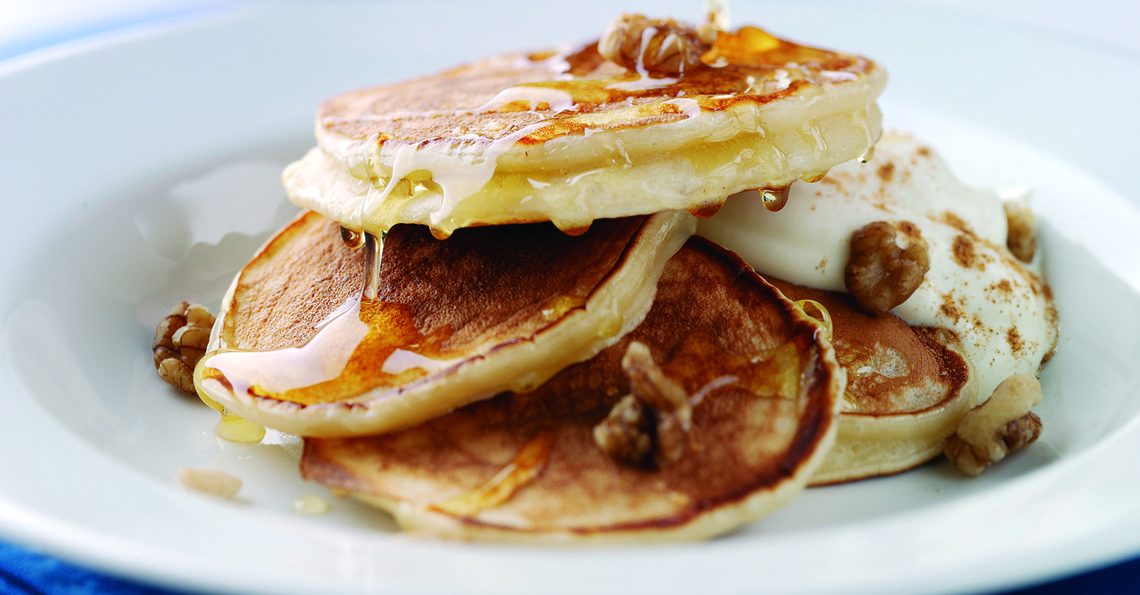
The next ancient Greek food is still along the lines of breakfast, and it’s a rather surprising item on the list, considering the relatively simple diet of most ancient civilizations. Let it be known that the ancient Greeks love breakfast enough that they invented their version of the pancake!
This Greek pancake, called the teganites, is a mixture of wheat, flour, honey, olive oil, and curdled milk. The end result is quite similar to pancakes, even if it might not be precisely the same. The teganites is then finished off with either honey, or cheese. I can imagine many pancake fans salivating at the idea of this ancient Greek treat, and who could blame them? It’s a surprisingly modern treat enjoyed by the ancient Greeks that is still made today by pancake enthusiasts and of course, the modern Greeks.
Various Cheeses (and wine of course)
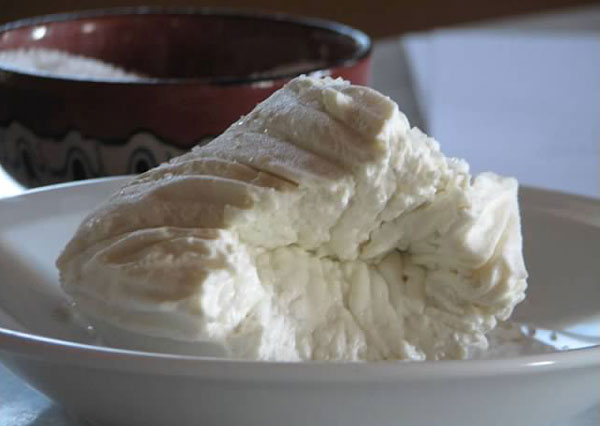
When it came to lunch time, most ancient Greeks saw it more as a midday snack than anything else. This was the time of day when bread and wine would make a return, though the Greeks had a habit of downing the wine quite a bit more during lunch time.
The latest addition to the lunch table is a Greek staple—various cheeses made from goat or sheep milk. These days, there are over 70 distinct versions of Greek cheeses, which is a pretty overwhelming number when you consider they’re all a type of cheese. In the ancient Greek world, there wasn’t too much of a definition for the types of cheese other than the animal the cheese came from. Cheese was enjoyed at all hours of the day, but typically they would be eaten around lunch.
Olives and Olive Oil (with wine)
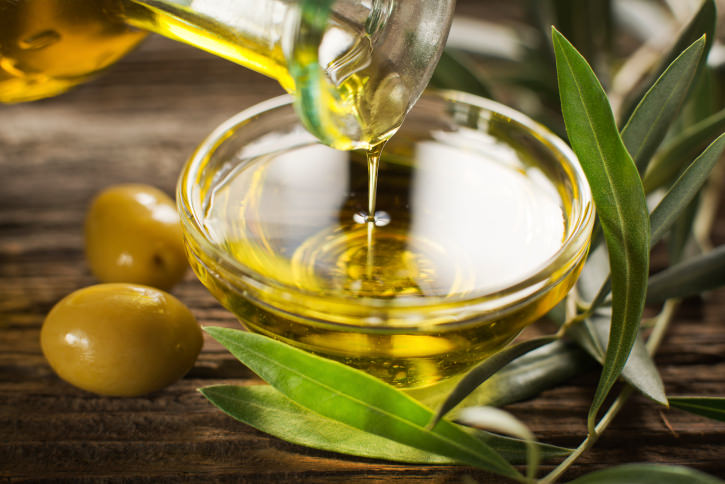
There are two ancient Greek foods that were so common you couldn’t mention many foods without the addition of these staples. The first is wine (of course), and the second is undoubtedly olive oil (and olives). The ancient Greeks loved their olives, and they would often create concoctions with the olives as a primary ingredient. While the ancient Greeks would normally dip their bread in wine, it wasn’t uncommon for them to dip their bread in olive oil as well.
Olive oil is special in the ancient Greek world as it was not restricted to cooking and consumption. Olive oil was also used as a perfume, and was even utilized to anoint kings and athletes. Olive oil was a type of miracle oil of the ancient Greek world, as they loved to use it for just about everything.
Salted Fish (cutting down the flavor with wine)
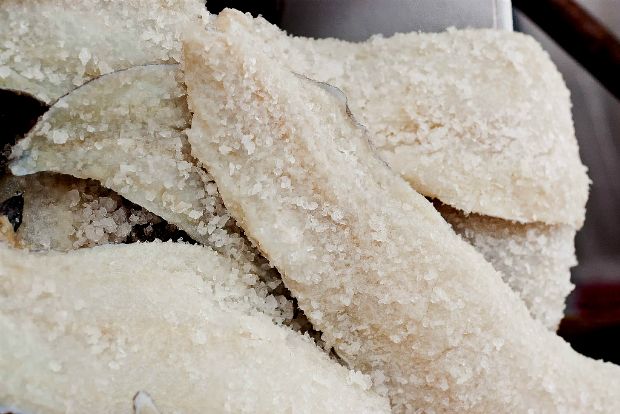
Another common food you can find during ancient Greek lunchtime is salted fish. Believe it or not, there was a time when salt was considered quite the luxury—a luxury most people didn’t have. During the time of the ancient Greeks, salt mining was common, which was why many Greek households had salt. It was used as a preservative, specifically with the fish they would catch. Naturally, the ancient Greeks would cut down the flavor of the fish with wine, or perhaps olive oil.
Anywhere that a civilization can fish, it immediately became a staple food, and the ancient Greeks were no different. The ability to fish was crucial to the development of any city back in the day, as it allowed for trading while keeping its inhabitants healthy. Too much salt isn’t good for you, but the ancient Greeks had to make do.
Figs (delicious with wine)
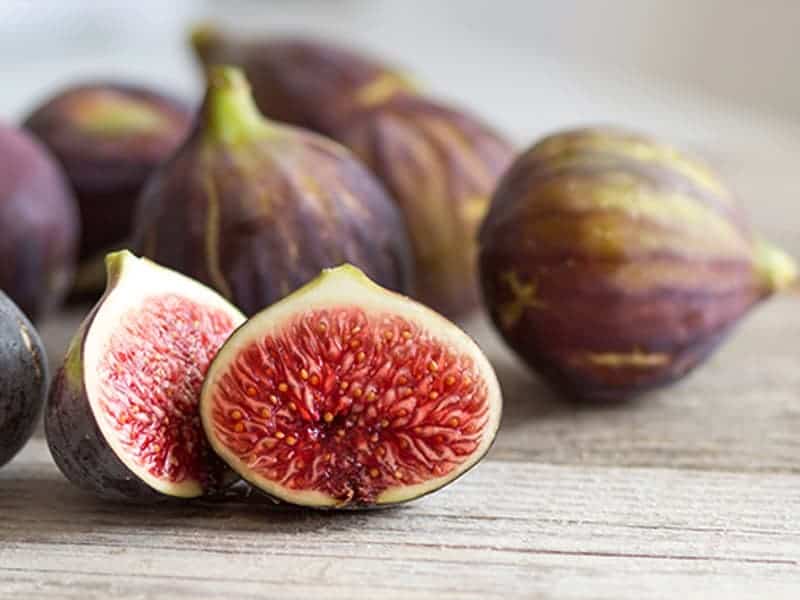
They say that the Greek fig is one of nature’s superfoods, filled to the brim with antioxidants and helping the body in various ways. Perhaps the Greek fig is the reason why the ancient Greeks were such hardy and long-lived people. That said, the life expectancy of the ancient Greeks wasn’t so high around the age of 15. Those who made it to 30, however, would have a life expectancy of about 50-60 years.
During lunchtime, aside from the salted fish and the cheeses—and the wine—figs were also a popular food item. The ancient Greeks had plenty of figs, which they enjoyed as much as they possibly could. Olives, wine, and figs were all considered symbols of peace and prosperity back in the day. Perhaps the reason for that is because any household that had all three were rich indeed.
Various Vegetables (enjoyed with wine)

Dinnertime was the most important meal of the day for any Greek—both ancient and modern. Dinner was usually the time when the Greeks would discuss philosophy and various other topics over food, and was typically when they would gather with friends and family.
One of the staples of the dinner table was whatever vegetables the household could grow. These vegetables would include items like cabbage, arugula, cucumbers, carrots, and asparagus. Unfortunately, not every household could grow the vegetables they wanted, and so they had to make do with what they had. Naturally, the wealthier households had access to many more vegetables.
Eggs (not quite as delicious with wine)

Another dinnertime staple included eggs from quails and hens. Any ancient Greek family that owned quails or hens would include these eggs as part of their diet. Unlike the enjoyment of eggs today—where people often have eggs for breakfast—the ancient Greeks were the opposite. They enjoyed these light snacks during dinnertime as part of the main spread.
While just about everyone knows the benefits of chicken eggs, quail eggs are a bit more of an exotic food item for many. Quail eggs are rich in amino acids, improves immune function, rich in choline, improves skin color, and much more. The ancient Greeks might not have known it, but their habit of eating quail eggs was beneficial to their health.
Various Meats (absolutely enjoyed with wine)
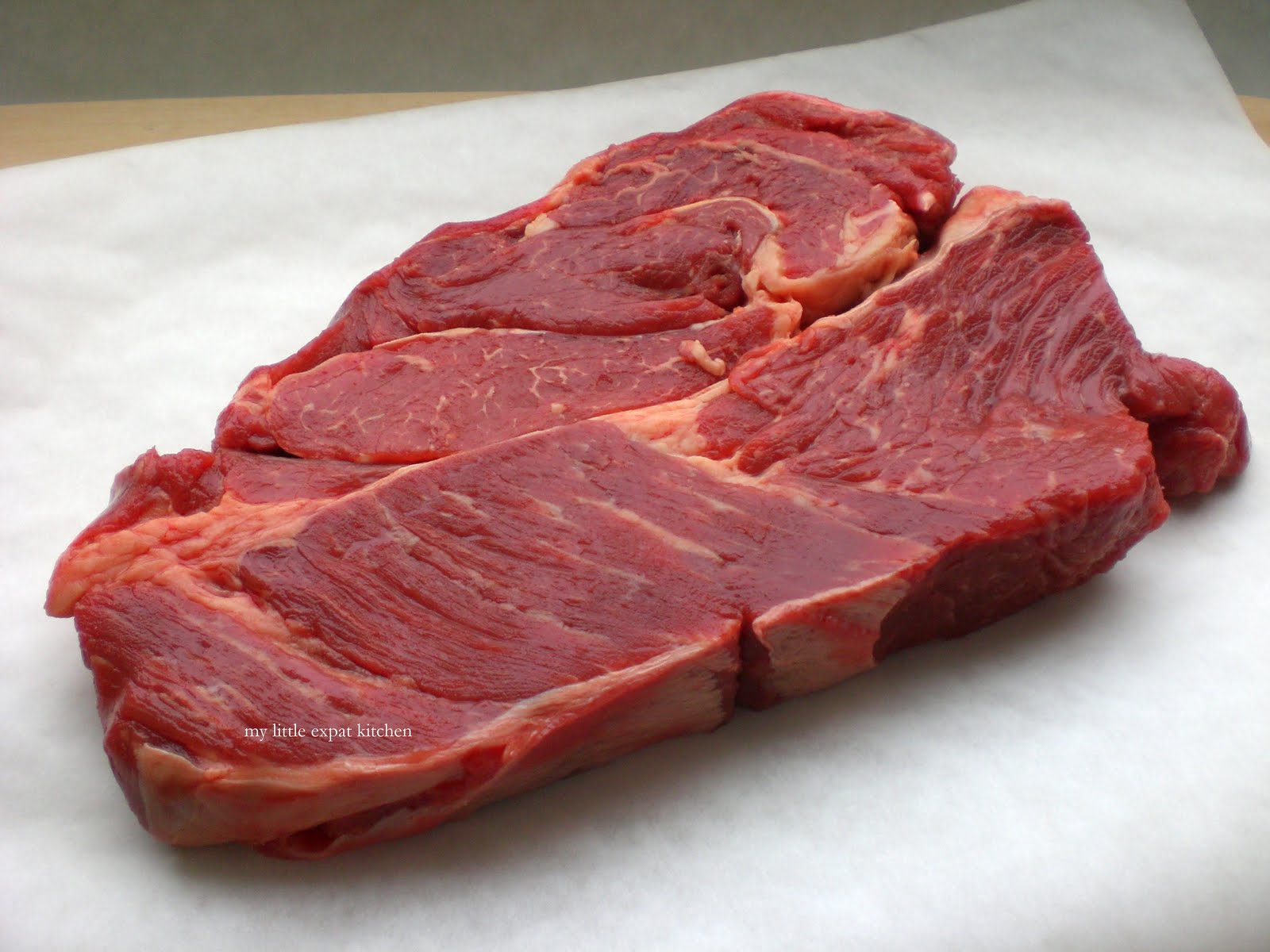
While meats are an obvious part of any diet, the ancient Greeks did not always have the luxury of meat. While the wealthy always had an abundance of all the food items above (especially wine), the poorer classes didn’t always have access to meat. In fact, some of them never got to eat meat at all—at least, not in the form of goats or sheep. Usually, the only meat the average Greek citizen would have is fish.
When it came to any other type of meat, it was usually reserved for feasts and for important individuals.
Delicious Desserts (no wine necessary)
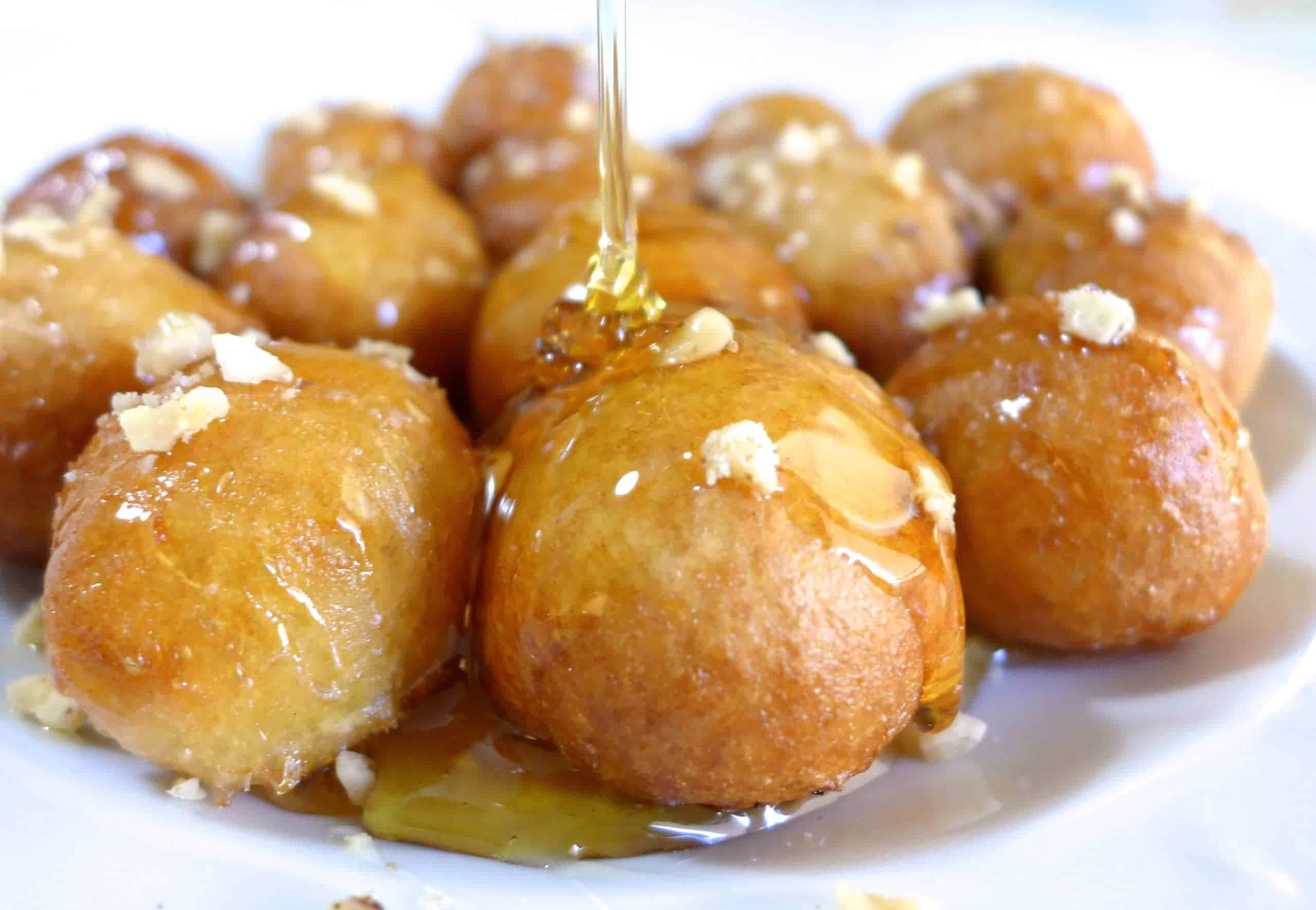
Last but certainly not least, we have the desserts! Now that we know all about what the ancient Greeks had for breakfast, lunch, and dinner, it’s time to learn all we can about the various desserts they would have. The teganites (Greek pancake) is already a form of dessert, and it’s the primary example of a dessert in the ancient Greek world. They didn’t have access to raw sugar back in the day, which meant honey was the primary source of sweetness.
Many Greek desserts were pastries in one way or another. It’s a combination of barley, flour, cheese, milk, and honey.
Contents
- 1 Bread (usually dipped in wine)
- 2 Teganites (Greek Pancake, sometimes with wine)
- 3 Various Cheeses (and wine of course)
- 4 Olives and Olive Oil (with wine)
- 5 Salted Fish (cutting down the flavor with wine)
- 6 Figs (delicious with wine)
- 7 Various Vegetables (enjoyed with wine)
- 8 Eggs (not quite as delicious with wine)
- 9 Various Meats (absolutely enjoyed with wine)
- 10 Delicious Desserts (no wine necessary)